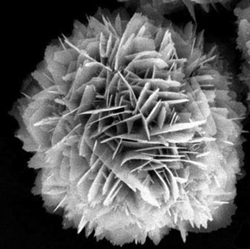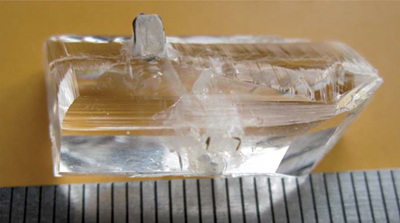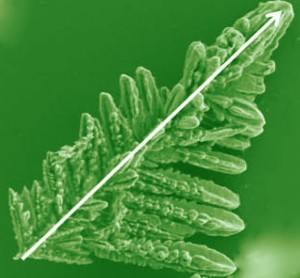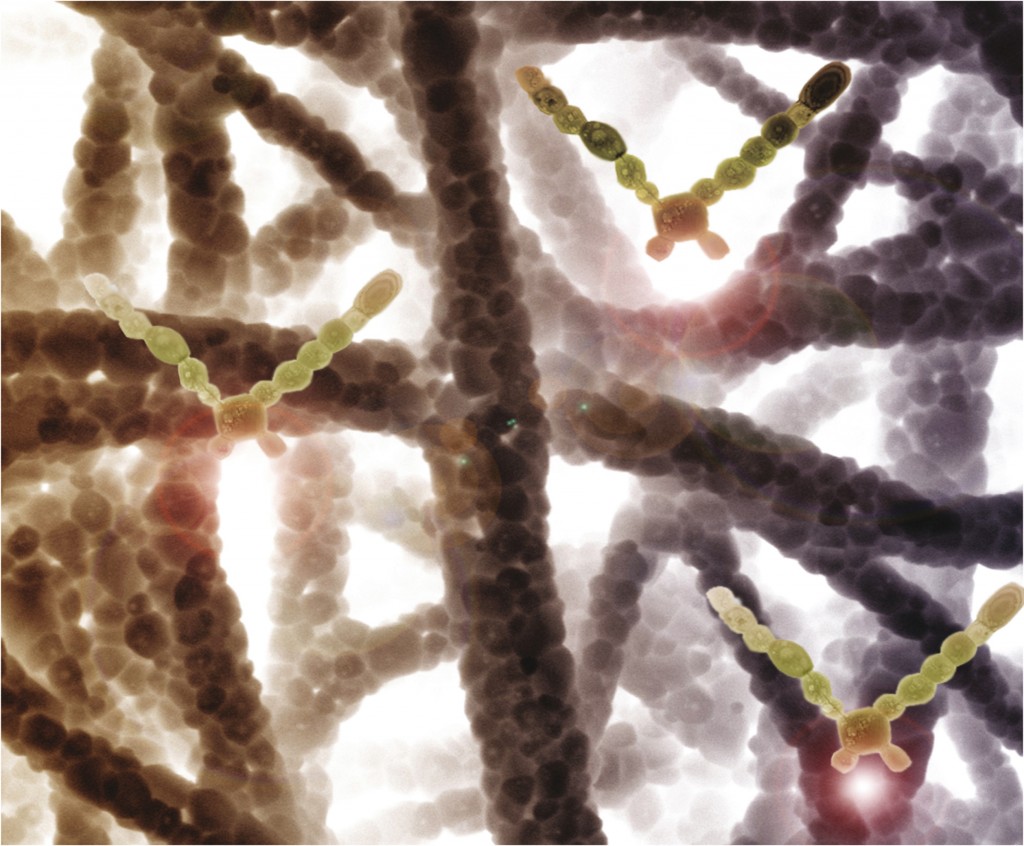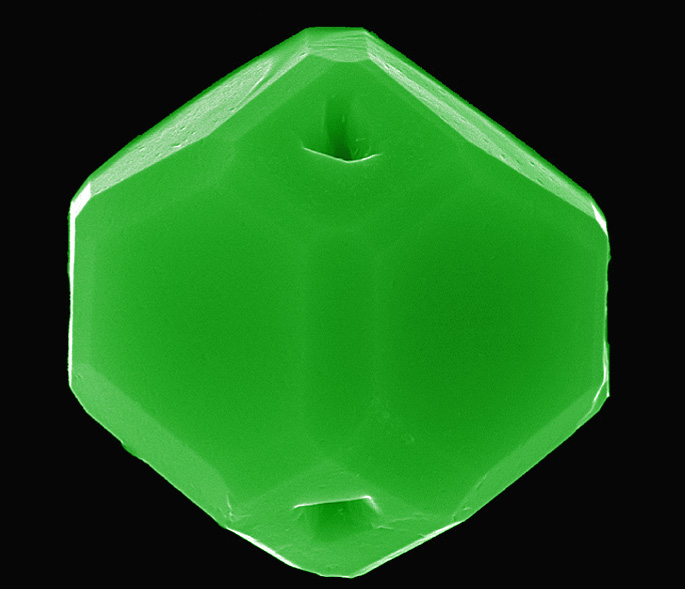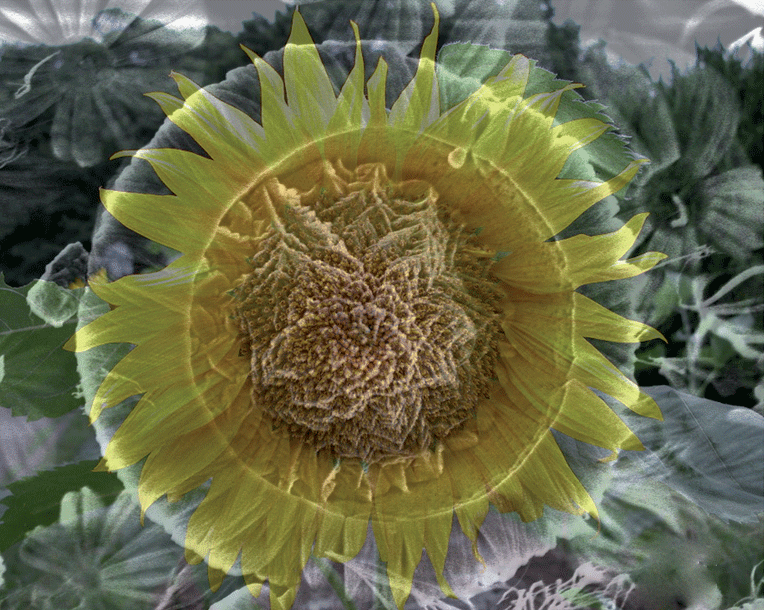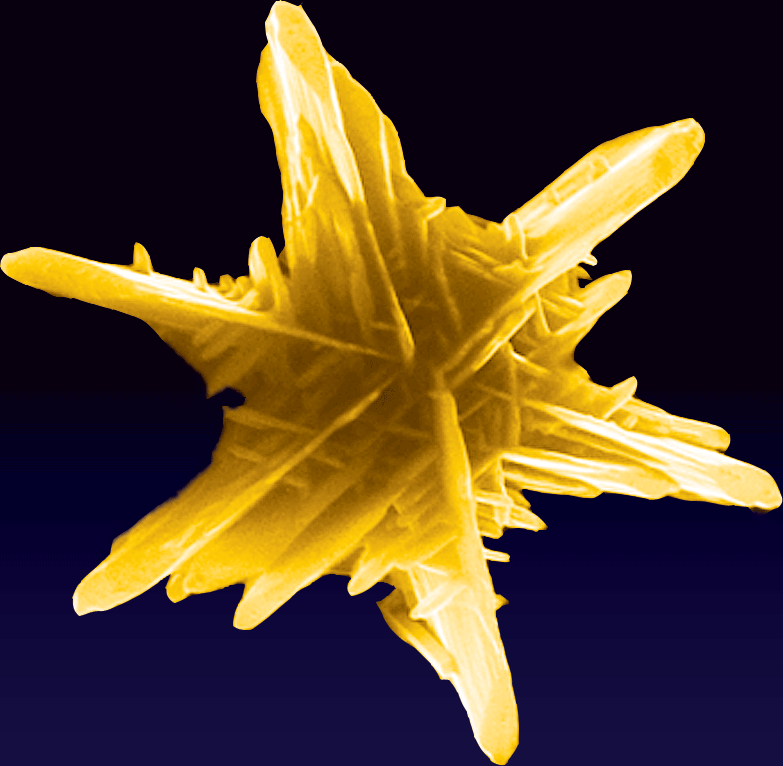This month’s crystal clear features some truly stunning hierarchical structures.
These flower-like 3D formations have been made by Kezheng Chen et al. at the Lab of Functional and Biomedical Nanomaterials. The generation of these impressive superstructures is intriguing; the team were able to alter the reaction time to change the morphology of the produced crystals.
The team propose that the crystalline ZnO aggregates, there is then orientated attachment of nanoclusters followed by heterogeneous nucleation and growth of secondary nanosheets. The result is striking.
The average diameter of the superstructures is around 3µm, comprised of an intersecting network of nanosheets of the order of 15nm. The large porous surface of these zinc oxide flowers lend themselves to applications in catalysis, solar cells and sensors.
This article was published in Issue 9 of CrystEngComm and can be downloaded for free. If you’re interested in crystal engineering you can also take a look at the previous winners of Crystal Clear.
Facile synthesis of flower-like 3D ZnO superstructures via solution route
Yongjiang Sun, Li Wang, Xuegang Yu and Kezheng Chen


